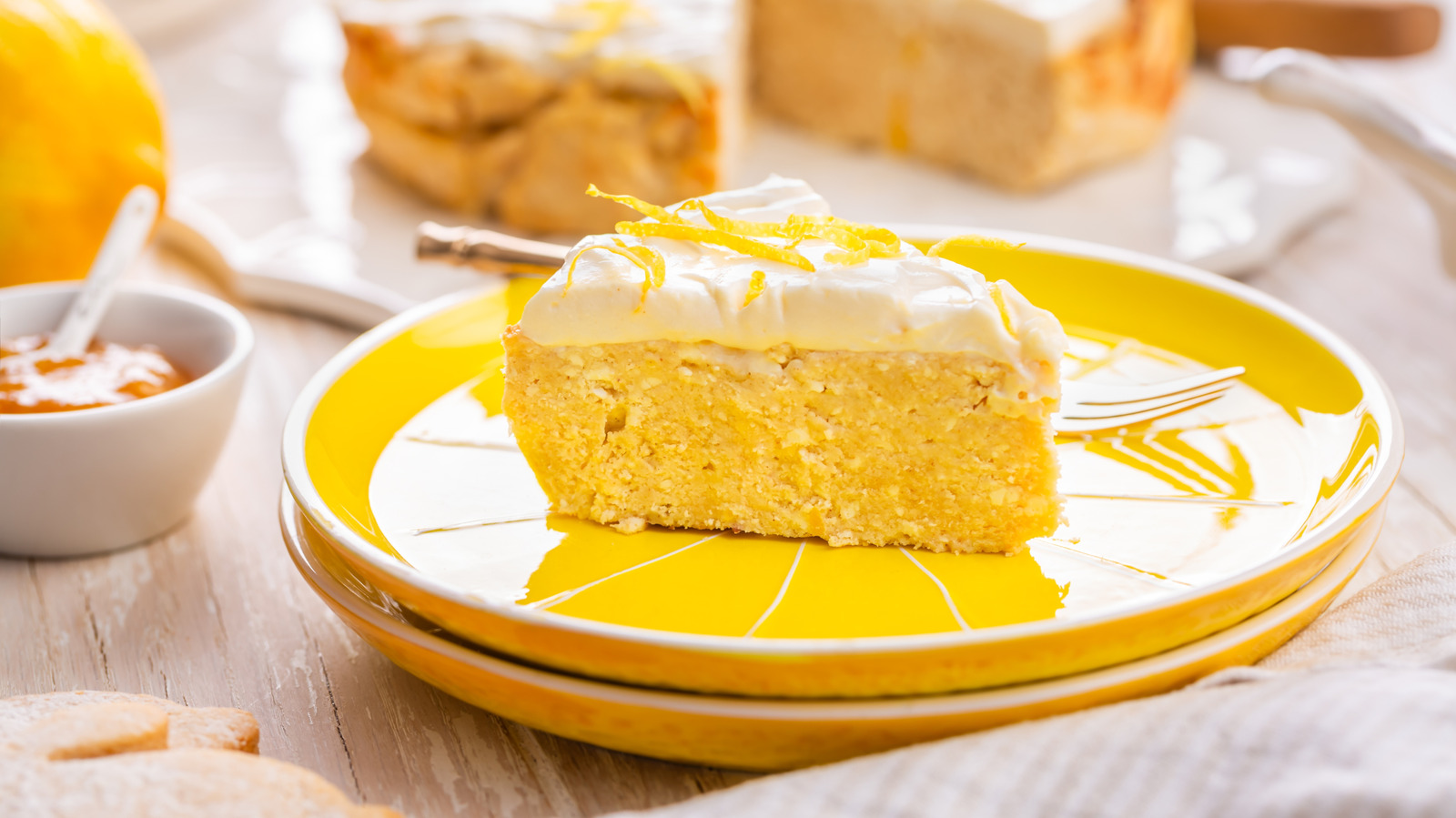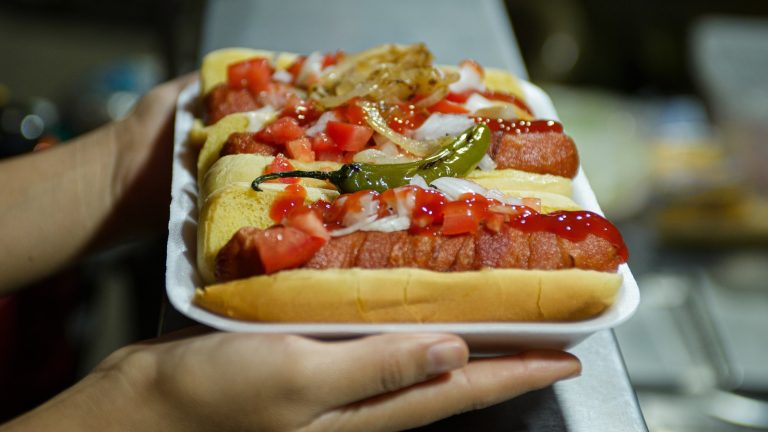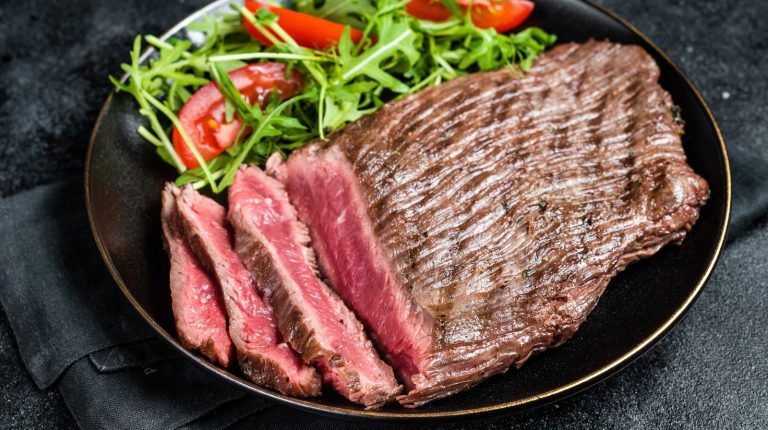Gluten-free baking has come a long way over the years. While celiac-friendly breads and cakes were once known for being dry and crumbly, things have changed, and the gluten-free market is thriving thanks to improved recipes. Modern advancements have led to breakthroughs in terms of the ingredients that can be used to amp up gluten-free recipes, and we’ve finally figured out how to deal with any structural issues involved with excluding gluten from a baked good. This doesn’t mean that disasters can’t occur, but there is one thing you can do to help prevent textural issues: Turn the oven down.
Gluten-free baked goods tend to brown faster, so many recipes call for a lower oven temperature than the average. If the recipe you’re using doesn’t specify this, Pastry Chef Alysha Dinatale of The Goddess & Grocer in Chicago recommends reducing the temperature by about 25 degrees.
“Gluten-free baked goods often need a bit of finesse when it comes to oven times and temperature. Lower the oven temp by about 25 degrees Fahrenheit and bake a little longer,” she told Tasting Table.”Think of gluten-free flours as the delicate flower of the baking world — they brown faster, so lowering the oven temp prevents that too-dark crust while giving the inside a chance to bake through.”
Gluten-free baked goods can take longer to cook
Gluten-free baked goods generally take longer to cook, as gluten-free flour holds on to moisture more than regular flour. However, they shouldn’t need too much extra time in the oven -– just about five to 10 minutes more should do it. “Gluten-free bakes are the slow and steady type. They generally need a few extra minutes in the oven because the flours don’t retain moisture the same way as wheat flour,” Chef Dinatale said. “That extra time helps the structure set properly so you’re not left with a gummy center.”
To find out if your treat is done, you can try the toothpick test, but the texture of gluten-free baked goods can be a little different, so using a thermometer is the most reliable method. There are a number of mistakes to avoid for the gluten-free baker, so don’t worry if it doesn’t go right on your first try; just use the temperature trick next time. “It helps prevent that dreaded dry, crumbly texture and gives the bake time to set evenly without browning too quickly,” Chef Dinatale advised.





